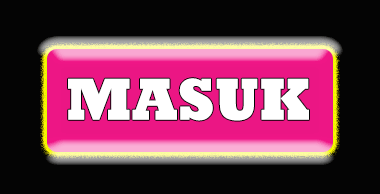
In the West, this style of wearing a keffiyeh is commonly called ‘terrorist chic’ and ‘hate couture’.
Such biased (prejudiced) naming is not without reason. There is a historical explanation.
Keffiyeh or kufiya (Arabic) is a cotton scarf usually worn by Arab and Kurdish men. It is used to protect facial skin from sunburn, as well as protect the eyes and mouth from desert dust. Keffiyeh was created as a cultural response to people in the Middle East facing the harsh nature of the desert. That’s how simple the meaning of keffiyeh is when seen from its use.
The story of the keffiyeh became different when this object became a roro4d symbol of the Palestinian people’s resistance to British colonialism in the Middle East.
The Palestinian people’s resistance to Britain has been going on since the 1900s, although it has not been organized. Only in the 1930s did they mount organized armed resistance. At the same time, the keffiyeh became a symbol of the Palestinian people’s resistance against colonialism and the Jews who occupied their lands under British protection.
Those who resist are generally farmers in the mountains and small villages who traditionally wear keffiyehs.
For Arab nations, the keffiyeh is a symbol of solidarity with the struggle of the Palestinian people.
The keffiyeh as a symbol of resistance experienced popularity and attracted world attention when Leila Khaled and members of the Popular Front for the Liberation of Palestine—a Marxist group—wore keffiyehs in five international plane hijackings. This action was a form of resistance to Israeli aggression in the West Bank and Gaza.
Its existence was increasingly strengthened when Yasser Arafat took an important role in the struggle of the Palestinian people. Many people think Arafat wore the keffiyeh in an unusual way. One side was folded over his head, and the other side was left hanging over his shoulders. It is believed that it is to represent a historical map of pre-Israeli Palestine.